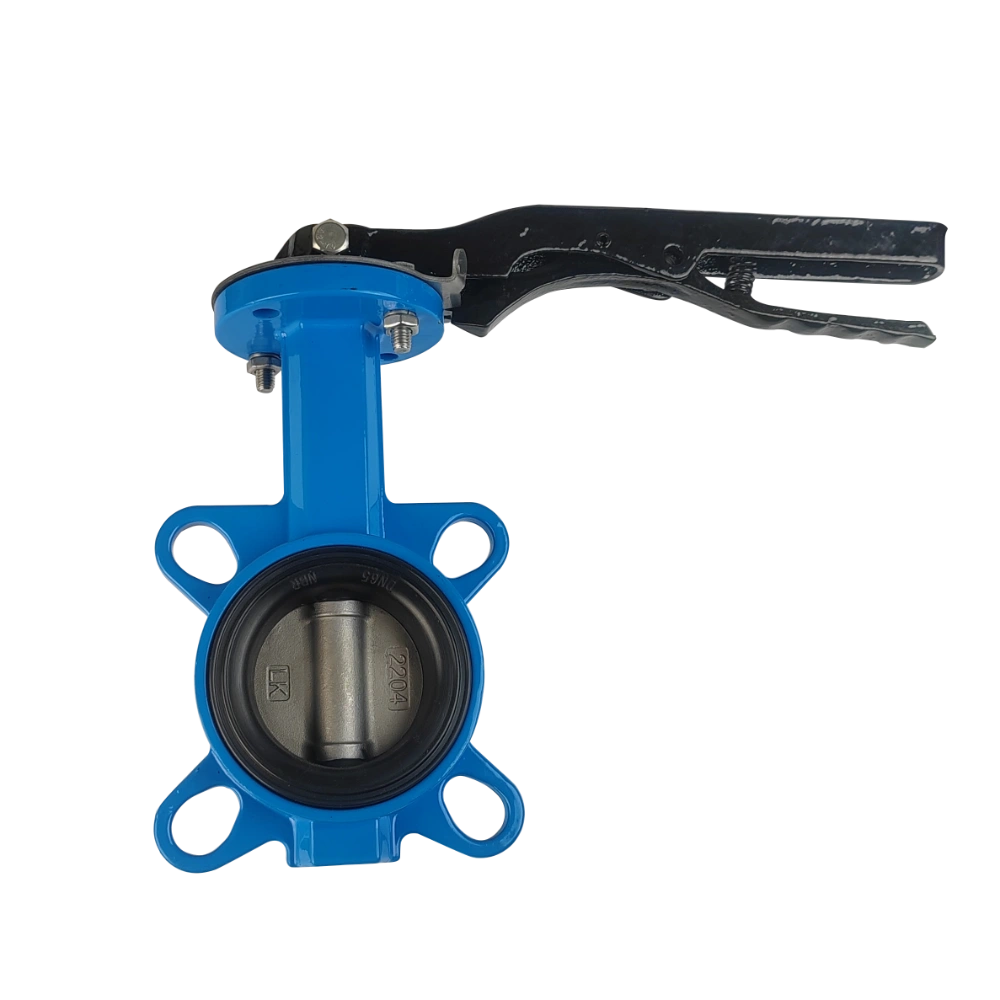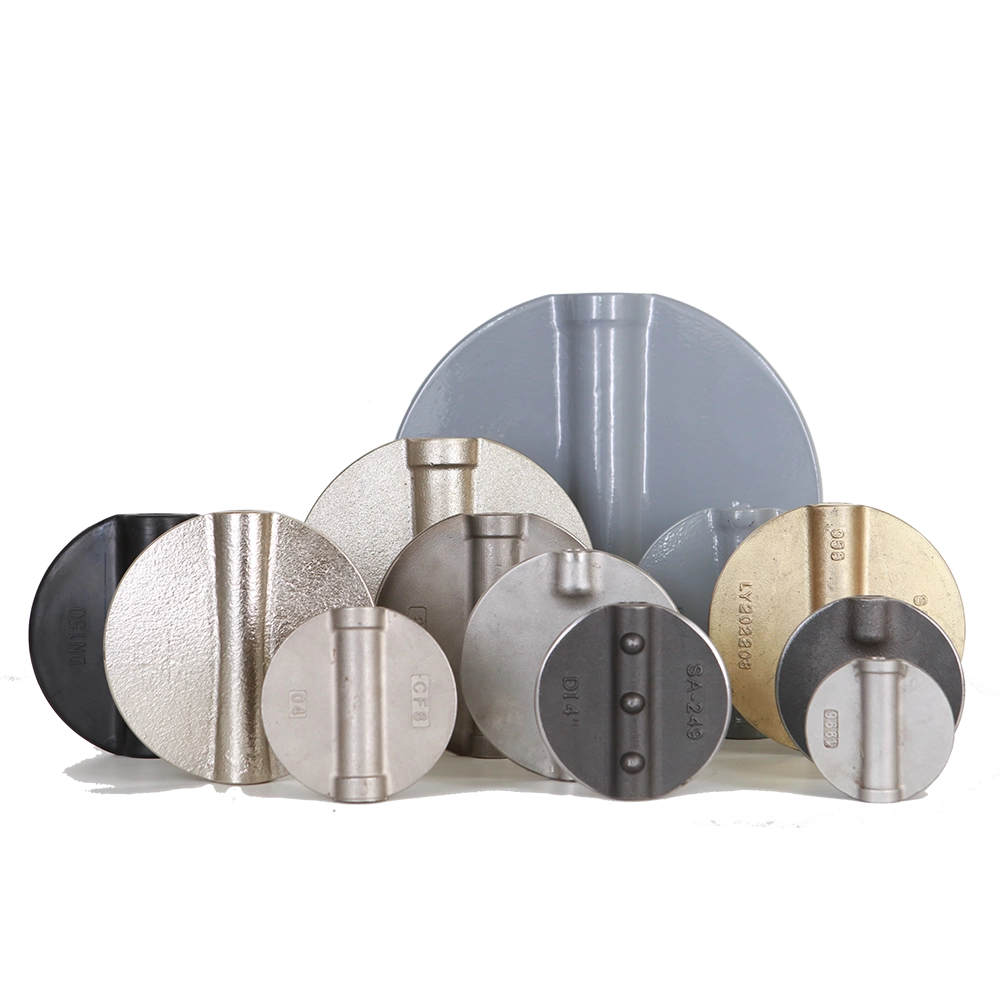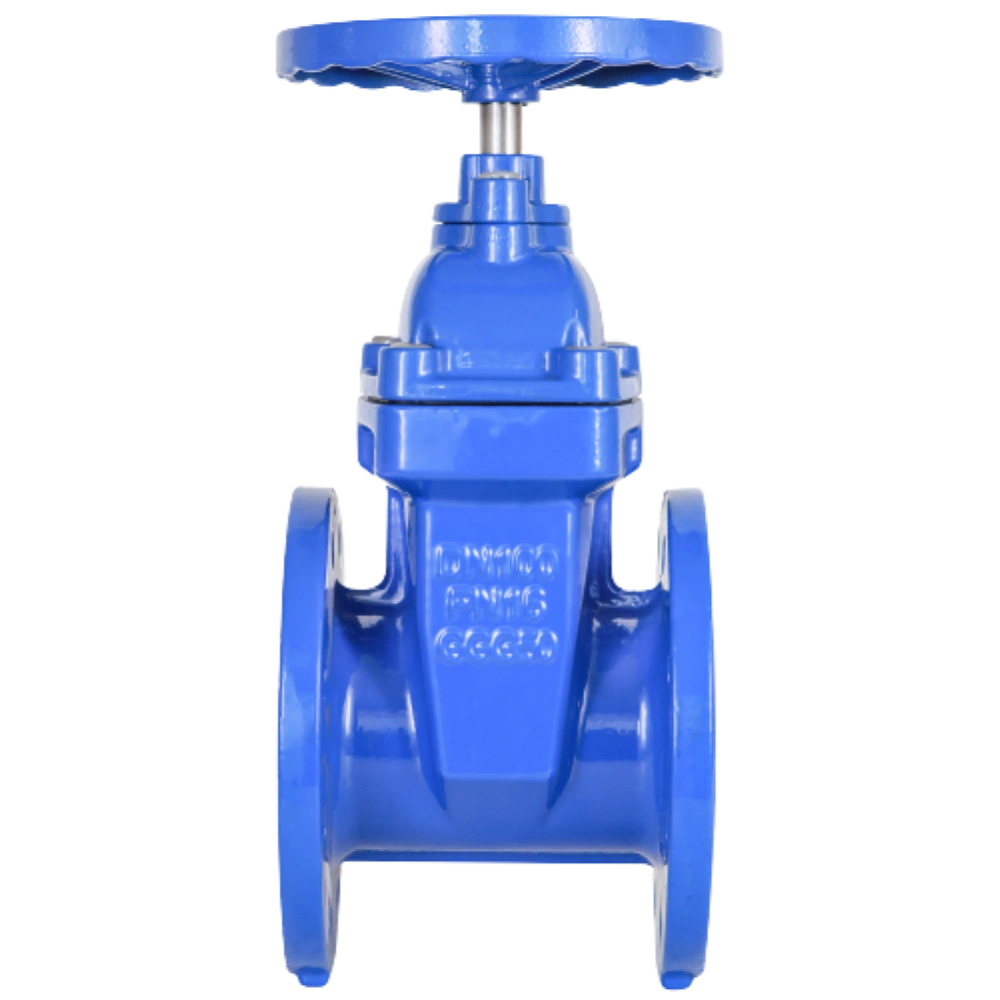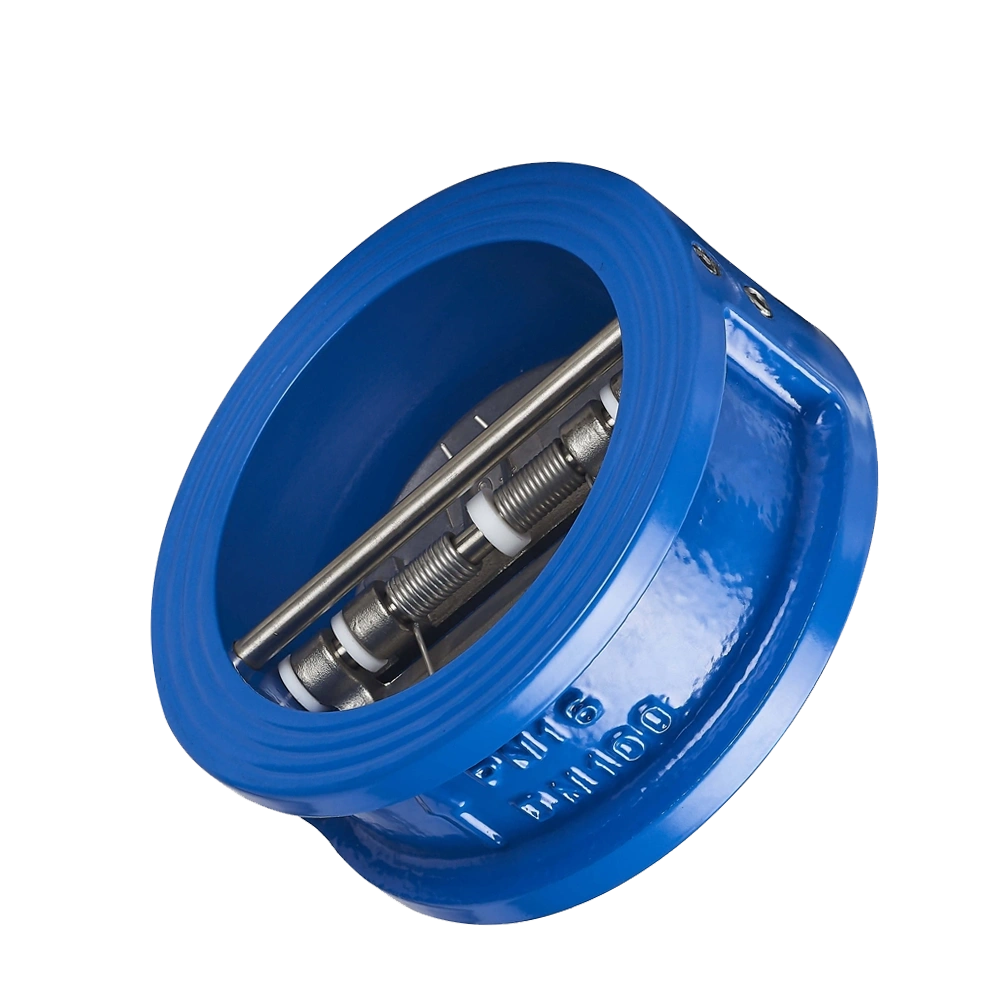The double eccentric butterfly valve is further improved on the basis of the single eccentric butterfly valve. Its structural feature is that the axis of the valve stem is deviated from the center of the butterfly plate and the center of the valve body. The double eccentric effect enables the butterfly plate to quickly separate from the valve seat after the valve is opened, greatly eliminating unnecessary excessive extrusion and scratching between the butterfly plate and the valve seat, reducing the opening resistance, reducing wear, and improving improves valve seat life. The scratching is greatly reduced, and the double offset butterfly valves can also use a metal valve seat, which improves the application of butterfly valves in high temperature fields.
1. Structural features of double eccentric butterfly valve
1) Reasonable design, compact structure, easy assembly and disassembly, and easy maintenance.
2) Adopt eccentric structure to reduce the friction of the sealing ring and extend the service life of the valve.
3) Completely sealed, zero leakage. Can be used in ultra-high vacuum conditions
4) Replace the valve plate sealing ring, butterfly plate, rotating shaft and other materials, which can be applied to a variety of media and different temperatures.
2. Classification of double offset butterfly valve
Usually there are two types of double eccentric butterfly valves we talk about. One is a high-performance double eccentric butterfly valve, which is characterized by a valve plate seal made of PTFE or similar materials and is used in high temperature and high pressure environments. The other is an ordinary double eccentric butterfly valve, which The characteristic is that the valve plate seal is EPDM/NBR, which is mainly used in water systems. Next, I will explain these two types of double eccentric butterfly valves respectively;
1) High performance double eccentric butterfly valve
In addition to the working media that conventional valves are adapted to, high performance butterfly valves use different structural materials and special treatment materials according to different media. They can also be used for cryogenics, steam, chlorine, oxygen, high vacuum, corrosion resistance, etc. Special working conditions. It has the following characteristics: the valve seat is easy to maintain. You only need to remove the insert to replace the valve seat without disassembling the butterfly plate and shaft; there are a variety of materials to choose from, such as carbon steel, stainless steel, 20 alloy, Monel, etc.;
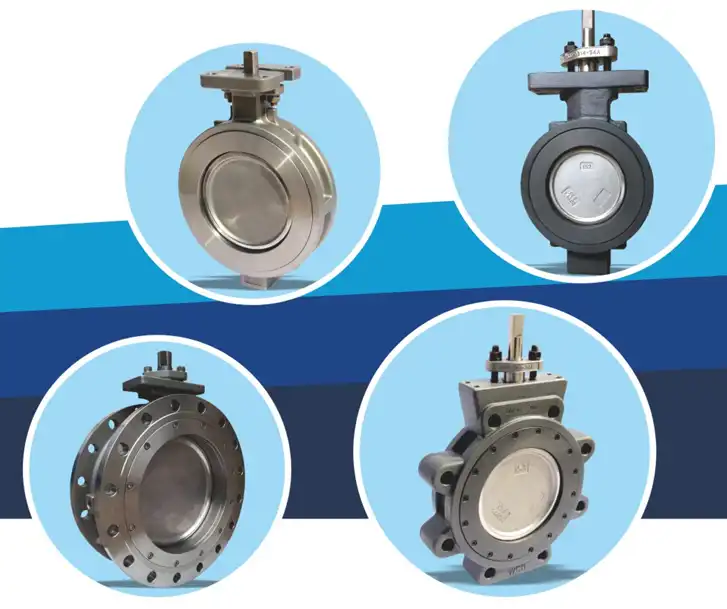
①The main structural elements are:
- valve body
- Valve plate
- Pressure ring
- Overlay welding valve seat
- Stem
- Packing
- Actuator
②High performance butterfly valve has the following connection methods:
- Wafer connection: The characteristic of the wafer butterfly valve is that it has a shorter structural length and is economical and affordable;
- Lug connection: Can be used at the end of pipes
- Flange connection: Often used in large-sized pipes, the connection is more stable.
2) Ordinary double eccentric butterfly valve
Compared with the centerline butterfly valve, this ordinary double eccentric butterfly valve has a longer service life. Its wearing parts are only the rubber part of the valve plate sealing ring. If the rubber is damaged, replacement only requires disassembling the pressure ring and replacing it with a new sealing ring. Yes, very convenient; commonly used in water systems, the commonly used valve body materials are ductile iron and carbon steel, and the applicable pressure range is PN10, PN16, PN25, PN40. According to the requirements of actual working conditions, components can be made of different materials;
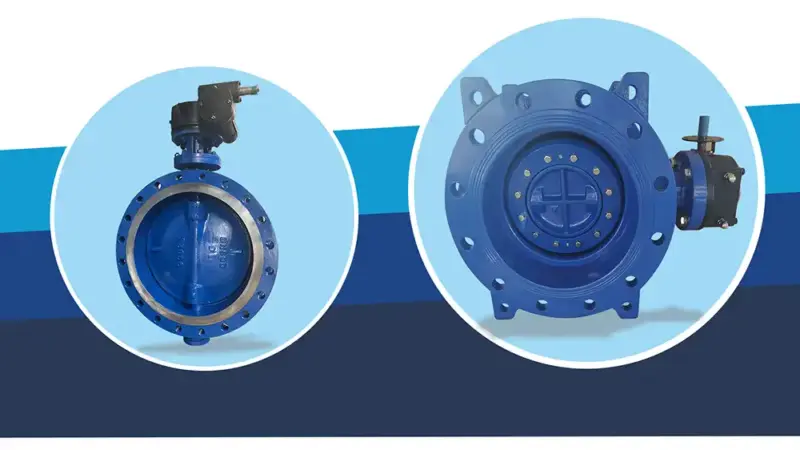
①The main components are
- valve body
- Valve plate
- Valve plate seal
- Stem
- Pressure ring
- Valve seat (There are two methods for valve seats, one is butt welding and the other is pressing ring)
- Bushing
- Actuator
②The connection is flange connection, and the structural length (FTF) is 13 series and 14 series.
Unless otherwise specified, double offset butterfly valves are all one-way sealed, but ZFA valve can make double offset butterfly valves bi-directionally sealed, by adjusting the angle between the valve plate and the shaft, and the sealing surface and the valve body to achieve bi-directional sealing. In this way, the overall cost of the valve will be about 15%-20% higher than that of one-way sealing.
Customers can choose whether to buy one-way sealing or two-way sealing double eccentric butterfly valve according to actual working conditions and needs.
These two types of double offset butterfly valves can choose the following four operating methods according to the customer’s on-site needs.
- Manual operation
- Electric operation
- Pneumatic operation
- Hydraulic operation

